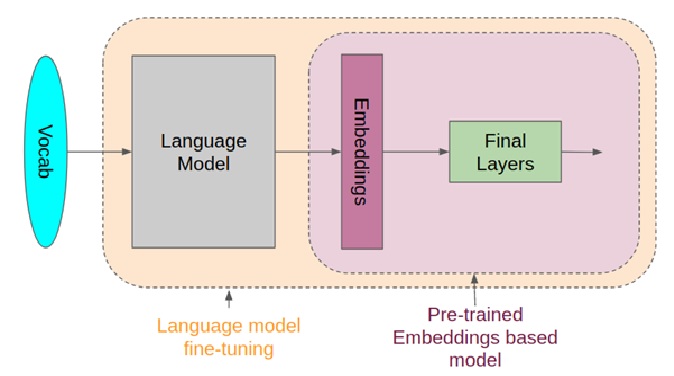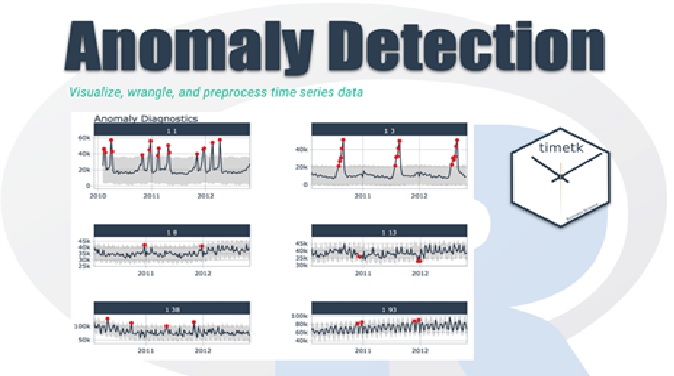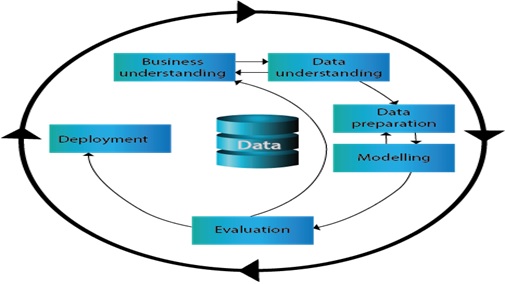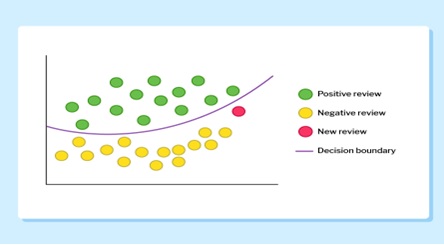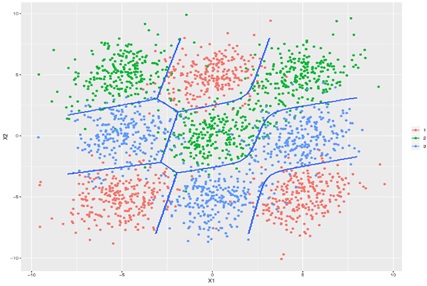Cluster Analysis
Cluster analysis is the grouping of objects such that objects in the same cluster are more similar to each other than they are to objects in another cluster. The classification into clusters is done using criteria such as smallest distances, density of data points, graphs, or various statistical distributions. [1]
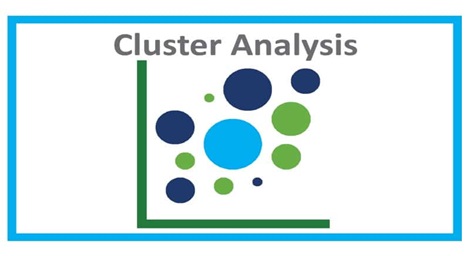
Figure 1. Cluster analysis
Cluster analysis is shown in figure 1. Clustering is the process of grouping observations of similar kinds into smaller groups within the larger population. It has a widespread application in business analytics. One of the questions facing businesses is how to organize the huge amounts of available data into meaningful structures. Or break a large heterogeneous population into smaller homogeneous groups. Cluster analysis is an exploratory data analysis tool which aims at sorting different objects into groups in a way that the degree of association between two objects is maximal if they belong to the same group and minimal otherwise.
Applications of Cluster Analysis
1. Marketing
Help marketers discover distinct groups in their customer bases and then use this knowledge to develop targeted marketing programs
2. Land Use
Identification of areas of similar land use in an earth observation database
3. Insurance
Identifying groups of motor insurance policyholders with a high average claim cost
4. City-Planning
Identifying groups of houses according to their house type, value, and geographical location
5. Earthquake Studies
Observed earthquake epicenters should be clustered along continent faults. [2]
Advantages of Cluster Analysis:
- It can help identify patterns and relationships within a dataset that may not be immediately obvious.
- It can be used for exploratory data analysis and can help with feature selection.
- It can be used to reduce the dimensionality of the data.
- It can be used for anomaly detection and outlier identification.
- It can be used for market segmentation and customer profiling.
Disadvantages of Cluster Analysis:
- It can be sensitive to the choice of initial conditions and the number of clusters.
- It can be sensitive to the presence of noise or outliers in the data.
- It can be difficult to interpret the results of the analysis if the clusters are not well-defined
- It can be computationally expensive for large datasets.
- The results of the analysis can be affected by the choice of clustering algorithm used.
- It is important to note that the success of cluster analysis depends on the data, the goals of the analysis, and the ability of the analyst to interpret the results.[3]
References:
- https://www.nvidia.com/en-us/glossary/data-science/clustering/
- https://dimensionless.in/concept-of-cluster-analysis-in-data-science/
- https://www.geeksforgeeks.org/data-mining-cluster-analysis/
Cite this article:
Gokula Nandhini K (2023) Cluster Analysis,AnaTechMaz, pp.72





